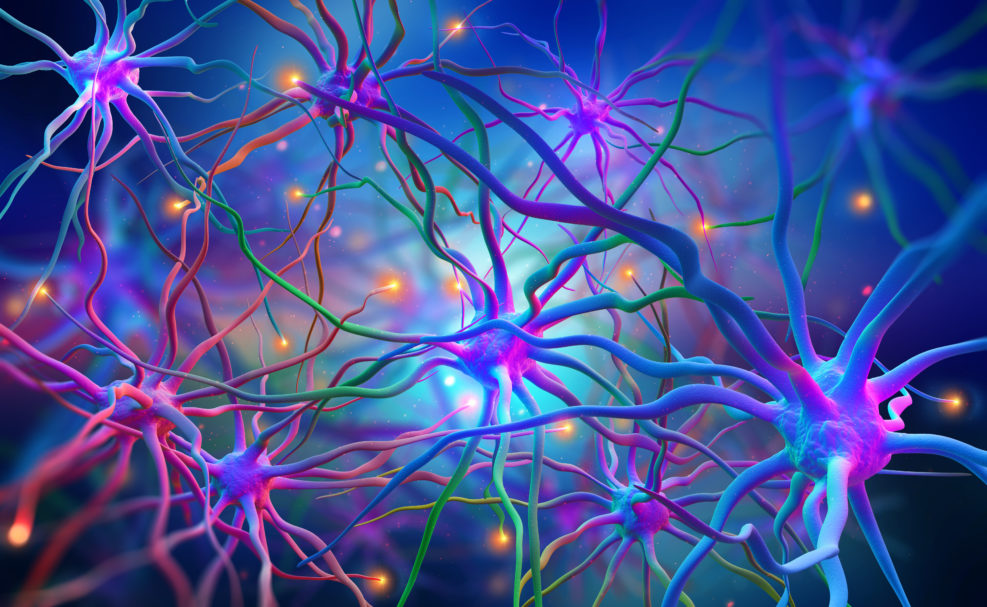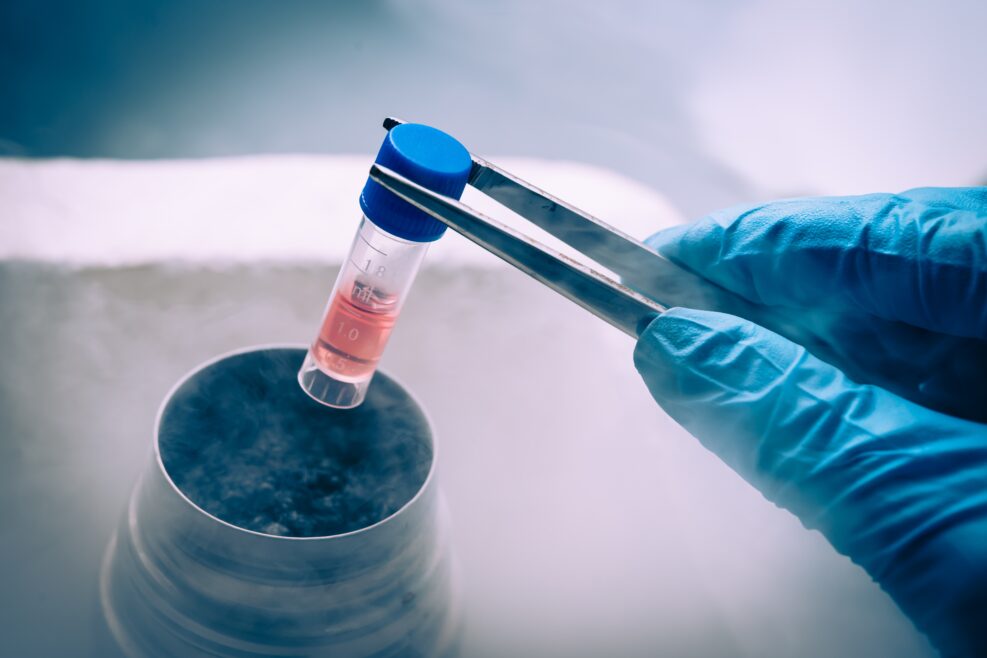
Rats with Human Brains? The Real Story About Brain Organoids
Human brain organoids use adult stem cells from volunteer donors; they bypass the use of fetal tissue from abortionsIn Margaret Atwood’s MaddAddam Trilogy (2013) , the characters in the first book navigate a dystopian near-future with few ethical boundaries. Chicken has been genetically modified to be nothing more than meat and a mouth. For entertainment, they watch either pornography or televised executions. One of the central characters, the scientist who made the genetically engineered humans, ends up unleashing a synthetic pathogen intended to rid the world of evil. The excesses are reminiscent of Earth as described in the Flood narrative in the Bible (“Now the earth was corrupt in God’s sight and was full of violence.” Genesis 6:11). As in the Biblical account, a “flood” occurs when the synthetic pathogen ends up killing most of humanity. The remaining Read More ›

